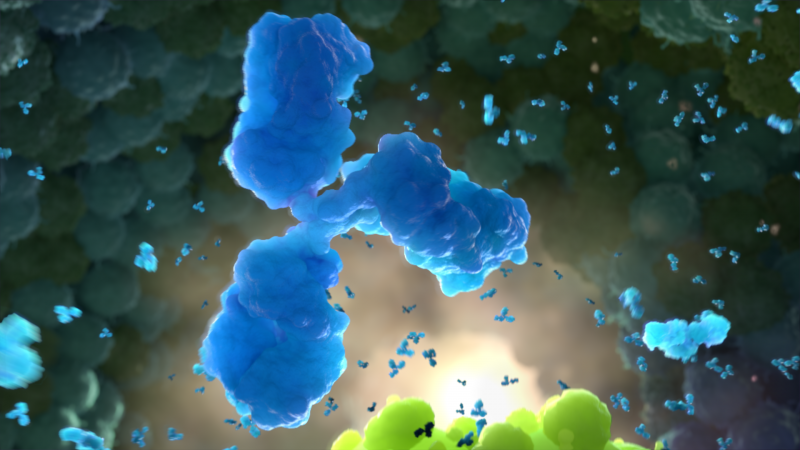Animation Expedition #4 - The First Line of Defense: The Innate Immune System

Look at the pencils these children are holding. Can you imagine how many bacteria might be on them? If you have a sore on your hand, the microscopic bacteria on the pencil can enter your body through the break in the skin. If this happens, your immune system will kick into high gear to protect you from the germs. How does the immune system help to prevent a serious infection?
Did you know your skin is part of your immune system? That’s right, your skin is like a barrier that protects your insides from dangerous germs. But your skin is just one way your body tries to stop infections. Acids in your stomach kill germs before they get the chance to multiply. Cells in your airways create mucus, a substance that is like slime, to trap germs and keep them from taking hold.
Have you ever made that slimy goo called Flubber? It’s fun to play with! Don’t drop it on the rug though because everything sticks to it! The slime-like mucus produced by your body acts the same way. Its stickiness plays a vital role in keeping you healthy. Do you remember when you last had a cold or flu? You might have been surprised by the amount of mucus you produced!
View the animation The Innate Immune System
In this video, you learn that slimy, warm membranes line your insides, covering surfaces that equal the size of a basketball court. Considering the tiny size of germs, they have a lot of room to try to get past the mucus-covered surfaces! That’s when other parts of your innate immune system get to work.
Your body calls up an army of immune cells to defend it. However, despite the best efforts of the innate immune system, this initial defense can sometimes fail. That is where the adaptive immune system comes into play. That will be the topic of our next Animation Expedition.
Check Your Understanding Questions
Answer the following questions after watching the animation.
- Explain the role of cytokines in the innate immune system.
- Explain why we consider the innate immune system to be non-specific.
- Describe one disadvantage of the innate immune system.
Answers
- Cytokines are chemical messages that signal other immune system cells in response to infection.
- The term “non-specific” means that the innate immune system does not target particular germs. Rather, it defends the body against anything that appears to be foreign. In contrast, the adaptive immune system provides responses to specific pathogens, such as influenza virus.
- The innate immune response often sacrifices healthy tissues while containing an infection.
This is the fourth in a series of postings highlighting our Vaccine Makers Project animations.

